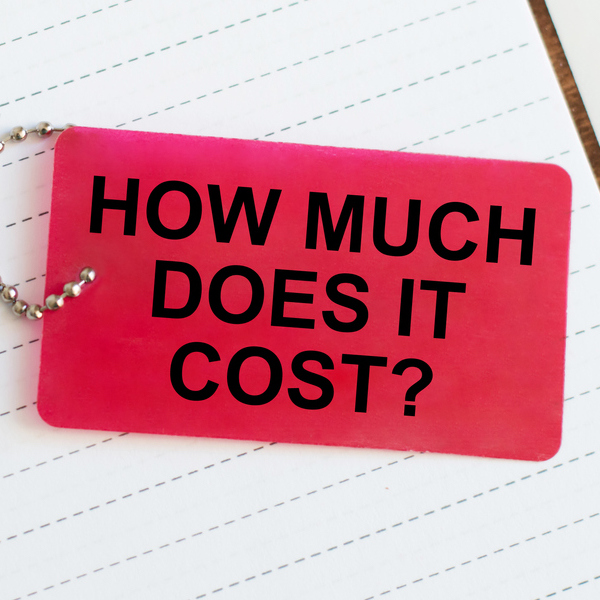Many of our clients grapple with whether or not to restrict access to, or “gate,” online thought leadership assets and resources such as eBooks and whitepapers. They want to know: what qualifies a piece of content as form-worthy? Will gating content discourage engagement? What are we supposed to do with the information a lead supplies on a form? These are all valid questions. But the form game has changed.
While marketers may be using forms more than ever in the digital space to capture lead information, what they’re using them for has evolved. Traditionally, website forms were used to generate hulking databases of potential customers and cold call lists. But as user participation has emerged as a major force in digital marketing, leading brands are using forms to trigger automated, personalized touch points with audiences.
Although these personalized touchpoints can sometimes be creepy, they can also be really fun. Personalization gave us jib-jab dancing elf videos with our faces in them. It gave us #ShareACoke (more of a DIY take on personalization, but you get my drift). It gave us retargeting display ads—needy, omnipresent ghosts of our abandoned online shopping carts, maybe—but just pull the trigger and buy those rainbow tube socks, already!
And personalization works for brands. Businesses that personalize web experiences see an average 19% increase in sales (MarketingProfs), and personalized marketing emails receive 29% higher open rates and 41% higher click-through rates (Experian). Companies brilliantly using marketing automation—the nervous system spanning the customer lifecycle of awareness, retention and advocacy—really pack a punch via personalized lines of communication.
But you can’t have personalization without data. And many marketers, especially in the B2B space, are forced to collect user data not through trendy mobile app sensors or expensive behavioral datasets, but the old-school way—via user-provided website forms.
Marketers hate lead generation forms because Internet users hate them, and Internet users hate them because, well, why buy the cow (offer up my identity) when I can get the milk (content/information) for free (probably somewhere else online)?
Here’s why: because the most rewarding type of transaction is one in which both sides have gained something. A successful content strategy must include gated information so that both marketer and customer feel as if they’ve received value.
For marketers, the value in using forms is obvious—being able to convert a user puts a face on an otherwise anonymous IP address, kicking off a string of engaging, personalized interactions and earning us unicorn-magic levels of brand love.
For leads, though, the value proposition is more complicated. They have to decide whether or not content is worth giving up personal information (we call this “information currency”), and often, the answer is “no.” Marketing pundit David Meerman Scott sees between 20 and 50 times more downloads on assets without any barriers; and long forms (more than 5 fields) in particular tend to kill conversion rates.
Often, however, what marketers lose in viewership volume after gating their content is regained in value—website visitors interested enough to fill out a form are hopefully more qualified, down-funnel leads than your average window shopper browsing the web.
So, which content assets should you restrict access to with a form?
Not all content is created equal, and as a marketer you should have a healthy mix of both gated and ungated content.
Some teams use a content pillar approach, which involves creating a variety of free, “snackable” content assets—such as blogs, infographics, and videos—to grab viewers’ attention and drive them towards a more substantial, “pillar” piece of content that is gated with a form. If you want to evaluate individual assets, though, this process flowchart from Hubspot is particularly helpful in showing which content deserves to be gated (as a rule, I don’t recommended ever gating infographics, press releases or blog posts).
You’ve gated your most valuable content—now what?
The worst thing a marketer can do with form submission data is nothing. Don’t ignore the information or preferences a customer has given you—that “information currency” deposit was a gift, remember? In addition to providing immediate value through the content they’ve accessed, form submissions should trigger automated, personalized campaigns (or, the most relevant combination of email, social media, mobile, direct mail, etc. for your business). The lead has taken the first step to connect with your brand by filling out a form—the rest is up to you.






